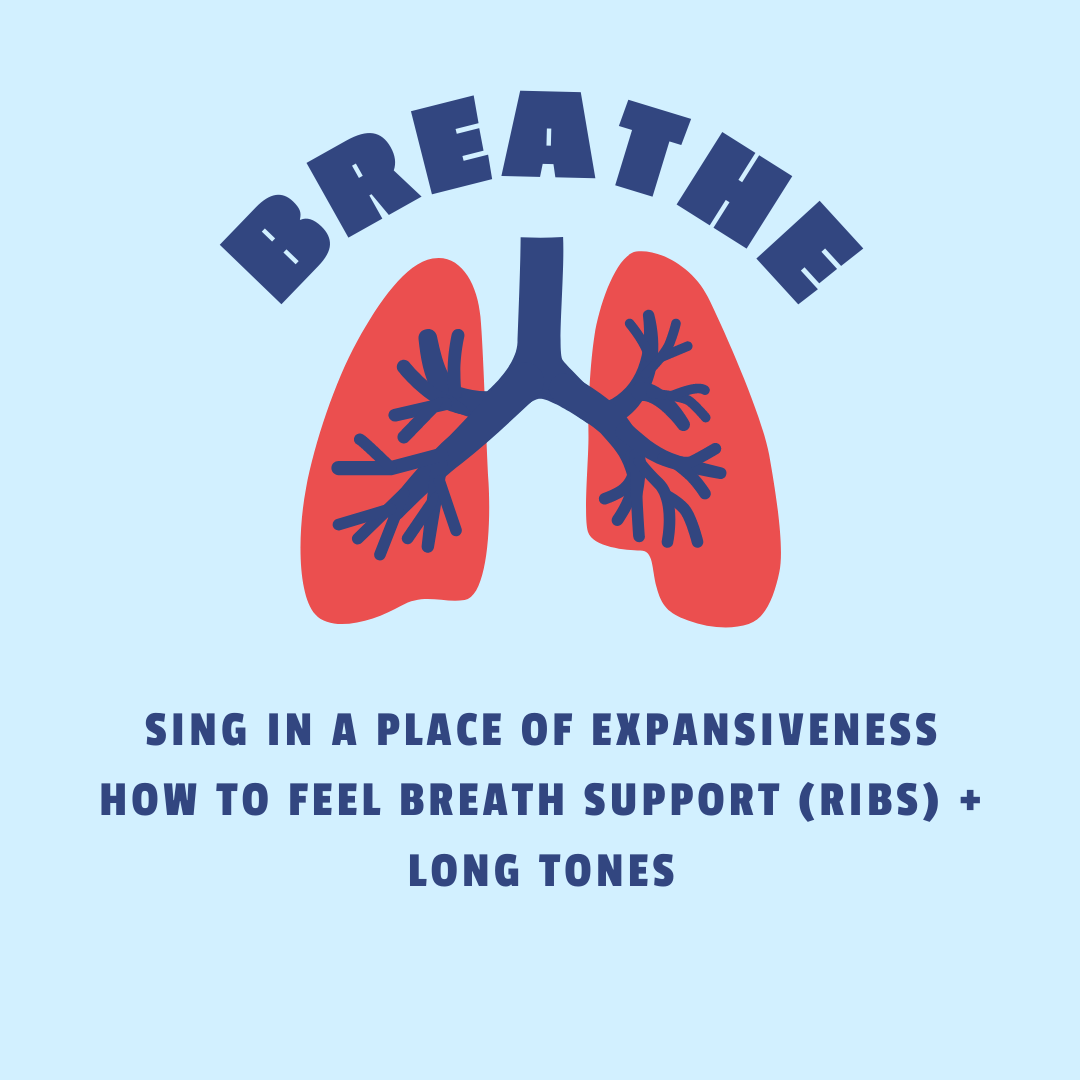|
Expansiveness. What a wonderful feeling. The wide expanse of an open view. The fields, beaches, and rolling hills of Northern California. The deep blue sky. Melodies and harmonies that build and build upon each other, a choral piece by Bach that continues to add voices until you have 18 different parts all playing incredible melodies and somehow weaving together to create a unified whole. The expansiveness of ideas, the ones that continue to grow and wind and connect random creative dots until a graceful, if somewhat chaotic, web is formed. Stories that build up to a climax.
My parents used to take me on an 8 mile hike at Pt. Reyes National Seashore. We’d hike for hours beside a creek, under the cover of Bay and Buckeye trees. At the midpoint, we’d stop at the wide expanse of the meadow to eat lunch. Then we continued on, back into the trees. At the very end of the hike, we would suddenly come out of the trees to find the ocean waiting below a steep drop. After walking through dappled green shade for hours, the shock of the ocean meeting the blinding sky was glorious, thrilling. We finished our sandwiches at the edge of a rocky outcropping on the cliff. My Dad cautioned- “DON’T GET TO CLOSE TO THE EDGE!”. I’m glad I snapped a picture from the edge of the cliff anyway, to the turbulent waters below, because a few years ago Arch Rock collapsed. The form has forever changed. You can’t escape through the arch at low tide to access a pristine and isolated beach below. Someone died in the collapse. It just doesn’t seem like a huge hunk of rock that’s been there since long before you were born could be unstable, so they ignored the park’s warning signs. Things you think will always be there are in fact completely unpredictable. The world has other plans. Time plays out in unexpected ways. Mastering the breath technique for singing trains your body to stay in a state of expansiveness. We are normally not in a state of expansion. Some of us have never experienced it. We sit at desks, slumped, our shoulders pulling our collar bones closed around our hearts. We stand, move, present, run, walk. We are in a constant pattern of expansion and contraction. This is how our bodies are designed. To expand and contract is the natural rhythm of our being. Singing is a function of breath, speech, and movement. When we sing, our bodies expand and contract. Instead of our whole torso being involved, the energy is focused in the diaphragm. The solar plexus. Our place of personal power. The shoulders, collar bone, and rib cage expand in the first preparatory breath, and then stay open. You get to live in a place of expansiveness for the duration of your song. The heart is exposed, shining through your stretched rib cage. You open the doors of your heart first to yourself, and then to those you choose to share your voice with. When you commit to the heart-opening process of learning how to sing with consistency and strength, you’ll find things in your heart’s depths that were previously lurking monsters, buried shards of glass, a rusty nail in a fence post. Hidden dangers cause unexpected injury. When mined from the depths, and transformed into the poetry of song, they become beautiful. They assume their rightful place as pieces of creative expression. We are embraced as part of the whole. Long Tones: Practice the art of maintaining consistent breath support through the whole phrase.
2. Be aware of the expansion of your ribs when you take this full, relaxing inhale. Let the breath connect your throat chakra to your solar plexus. Feel it expand into the second chakra of creativity, in your gut. Imagine that the breath is flowing down the back of your body like a tropical waterfall. Hold the expanded space in your body with exhilaration. 3. For 9 counts, sing one note on a neutral syllable. You might think of the sound “Muh”. Don’t think of a vowel you already know, like “Ah” or “Ee”. Try to create a new vowel you may have never experienced before by relaxing the lower jaw and tongue while you lift the soft palate to create that lofted church ceiling in the back of your mouth. Be curious about the sound that comes out. 4. As you sing one note for 9 slow counts, resist the urge to let the ribs collapse as you support the tone with your breath. Engage the natural strength of the diaphragm as well as any other abdominal muscles that want to join the party. The goal is to sing a warm, resonant tone with consistent breath support from start to finish. Pick a note that feels comfortable in your range. Try a few notes above and below that note. Explore. Stay curious. Sing in a place of expansiveness.
1 Comment
|
Alison HarrisA place to share songs and musical ideas Archives
July 2023
Categories |

 RSS Feed
RSS Feed